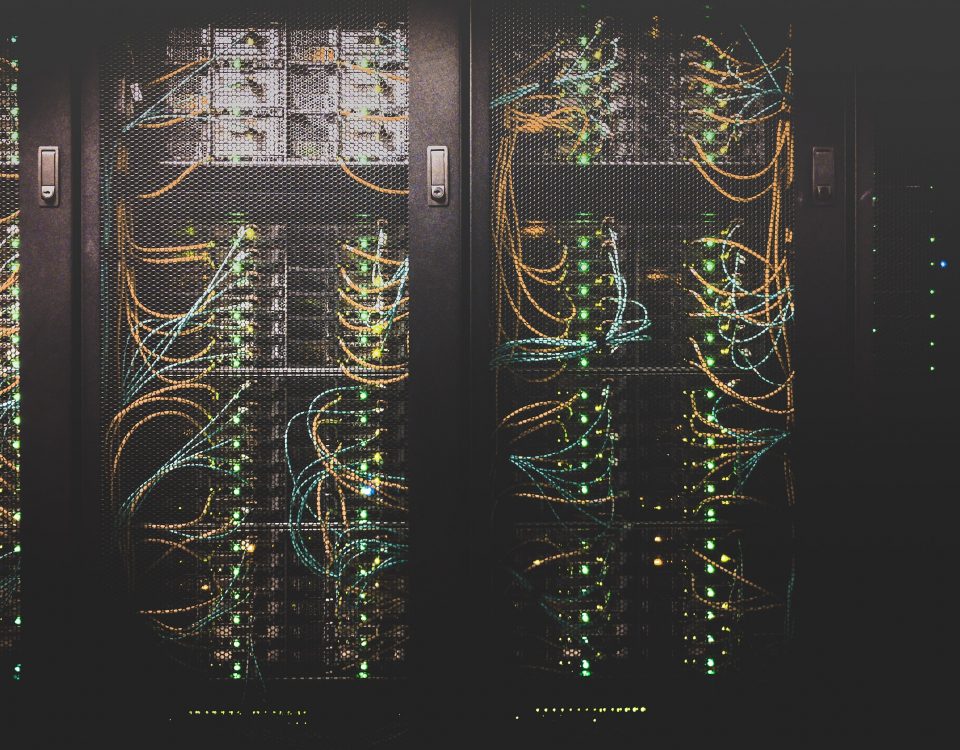January 10, 2017
In this post, I’ll list the topics covered in the CCNA Data Center – DCICN [Introducing Cisco Data Center Networking] (640-911) examination . I intend to share the learnings on those topics in preparing to take that exam by publishing related posts and videos on my YouTube channel. DCICN is one of the two exams required for the CCNA Data Center certification. In conjunction with DCICT, it test’s a candidate’s knowledge on fundamental Data Center networking, based on the Nexus OS platform. I’ve listed the topics covered in […]







